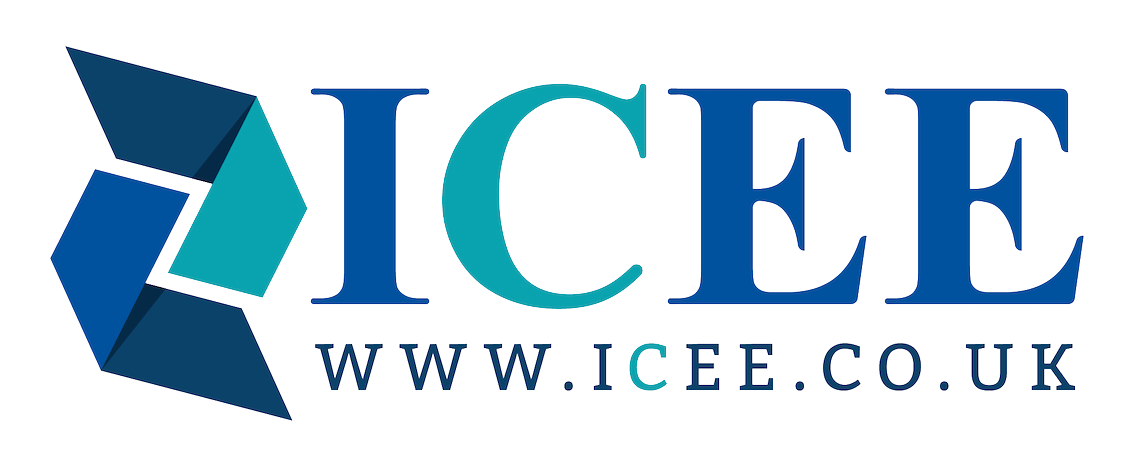Recent innovations in waterjet cutting heads have brought five-axis capabilities to the method, which now has the ability to provide 3D cutting.
3D cutting uses a swivel head that rotates 360 degrees and can cut up to a 46-degree angle on all types of material. Besides the cutting head being able to move in X, Y, Z direction and turn around its own axis from -360° till +360°, it can also twist from +90 till -90°, and in this way the 3D parts are created.
The special kinematics of the 3D cutting head enable exact and very direct swivel movements. When pivoting, the cutting head revolves around the focal point of the cutting nozzle on the shortest possible path, without the need for the linear axes to be compensated. This enables a precise cutting process with high contour fidelity without loss of speed.
3D waterjet cutting can achieve up to 46-degree angles on materials that are 100 mm thick or less. It can also cut bevelled edges, countersinks, or cones from top to bottom of materials.
The method can be used for a variety of applications from bevelled edges for welding preparation to accurate and complex architectural designs.
What are the advantages of 3D waterjet cutting?
- Its versatility to cut almost all materials to 46 degrees
- Operating simplicity
- Integrity of the material is maintained due to the almost no heat input
- Reduces machining times on more intricate components
- No pollutants created during the cutting process
What are the benefits compared to other techniques?
- Better material usage
- Reduces second process timing such as machining
- Build in bevelled edges (weld preps) as part of the profile cutting, therefore, reducing the need for further processes, such as grinding
- No structural changes to the materials
If you want to find out the finer details about waterjet cutting and ensure that this is the right method for your needs, download our free eBook ‘An engineer’s guide to waterjet cutting’ here.

